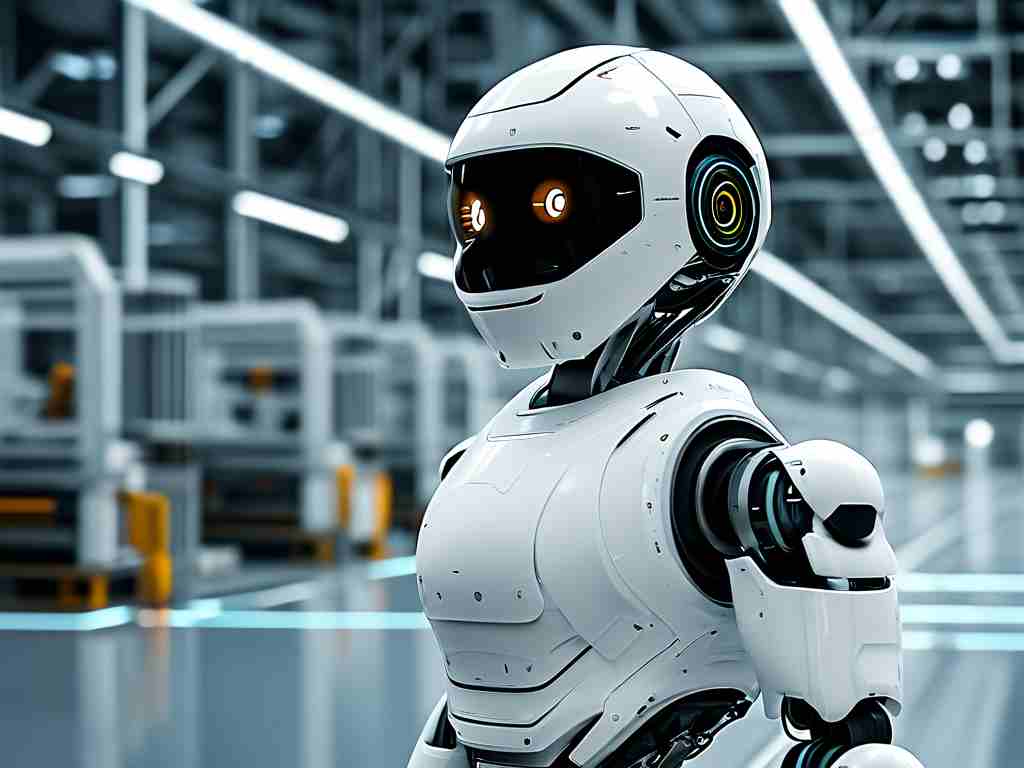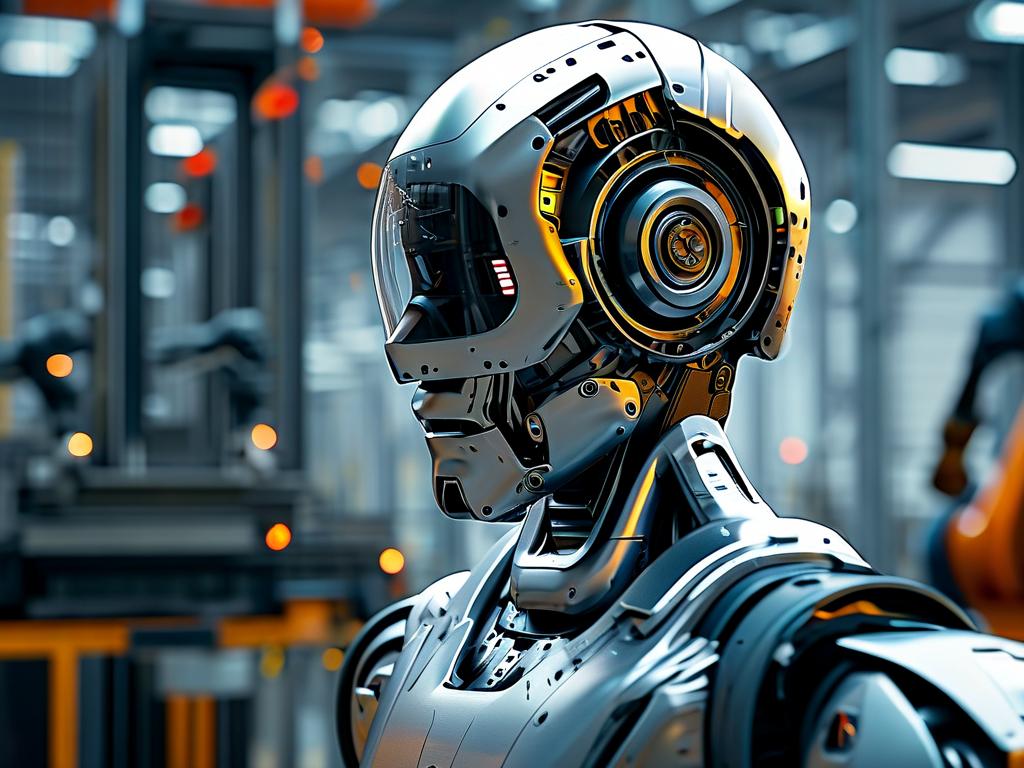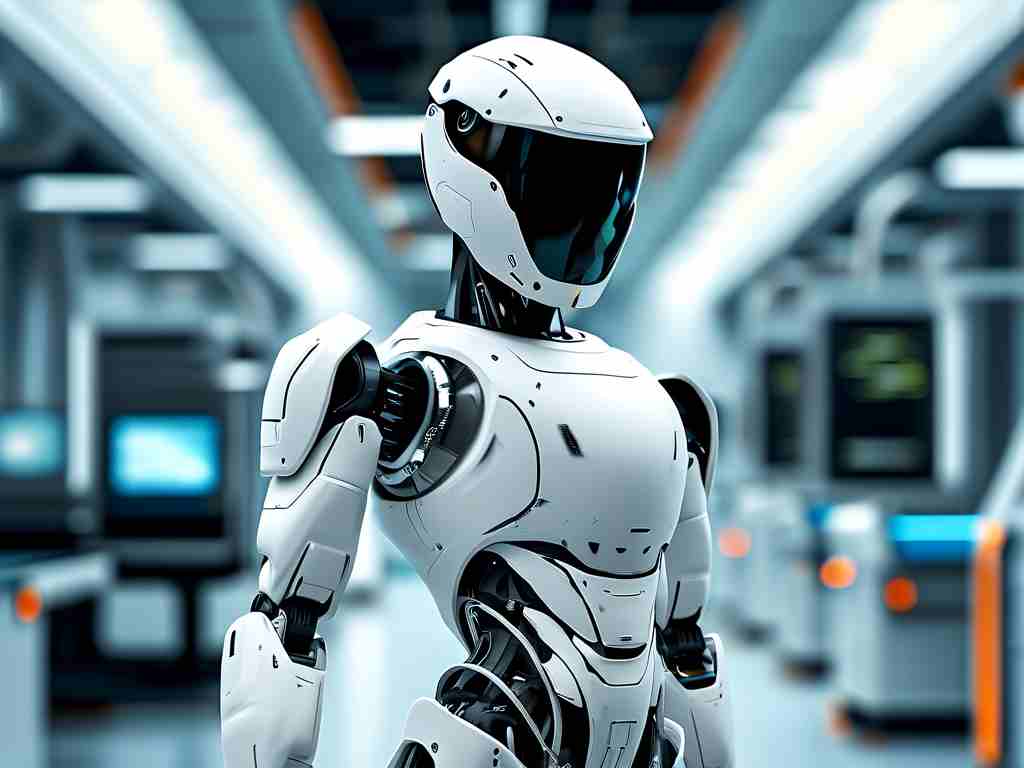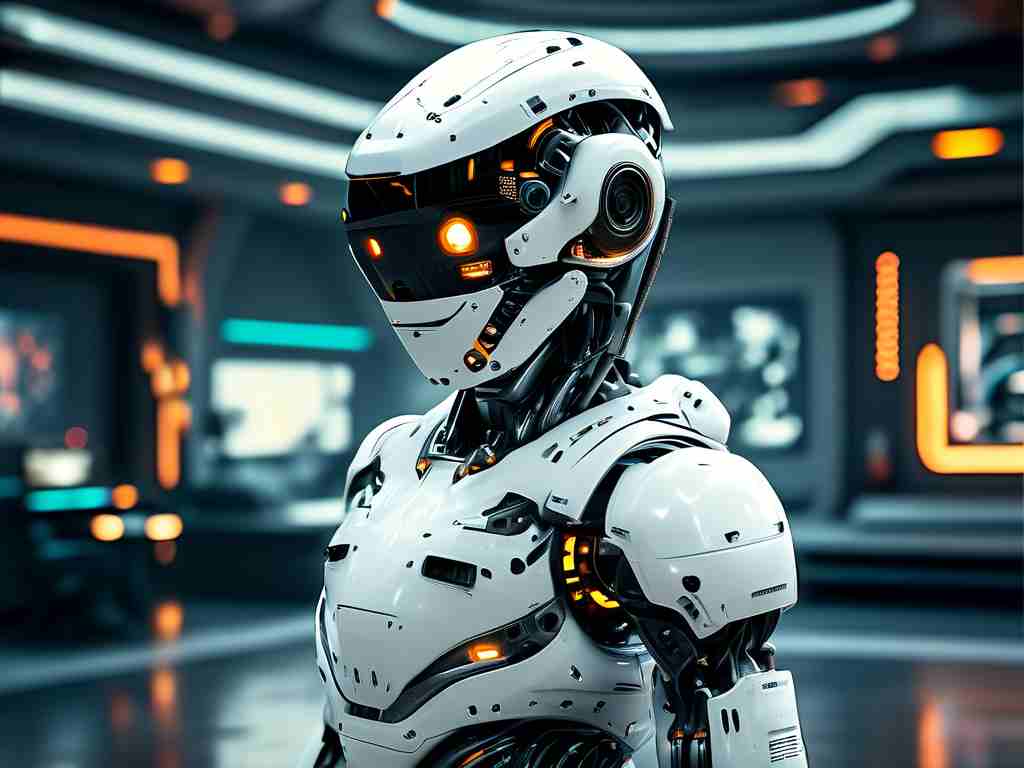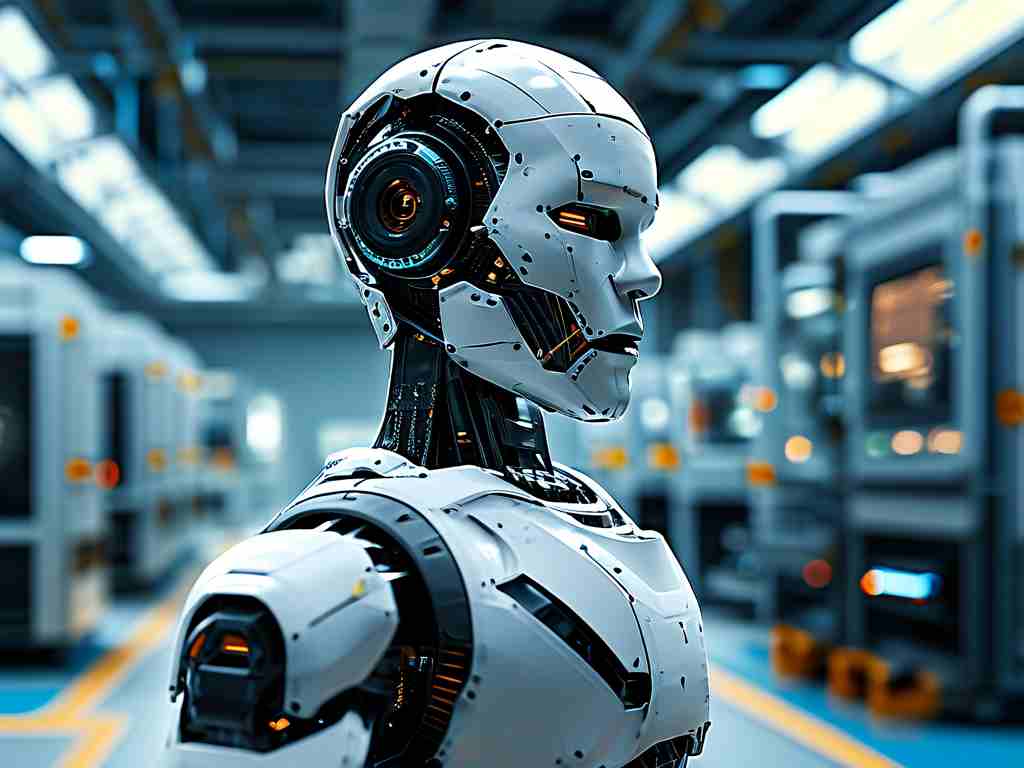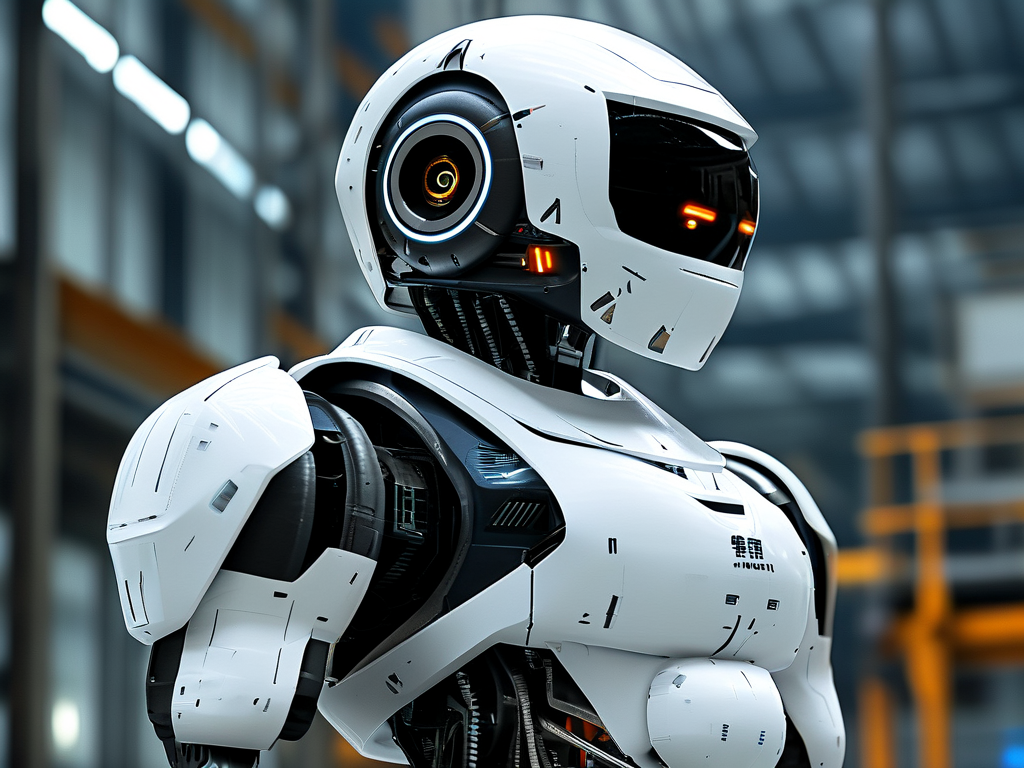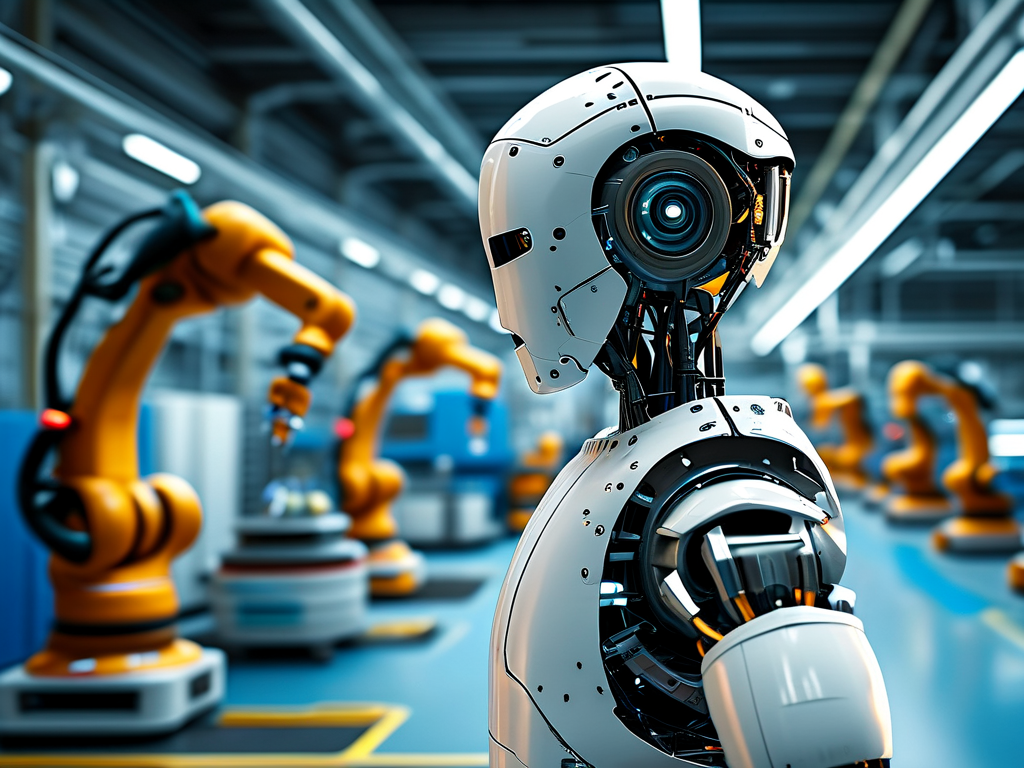The concept of defying gravity has captivated human imagination for centuries, from mythological flying chariots to science-fiction hovercraft. Today, advancements in robotics and physics are transforming this fantasy into tangible innovation. Anti-gravity robotics—a field blending theoretical physics, materials science, and advanced engineering—promises to redefine industries ranging from transportation to space exploration. This article delves into the principles, challenges, and groundbreaking applications of anti-gravity robotics technology.
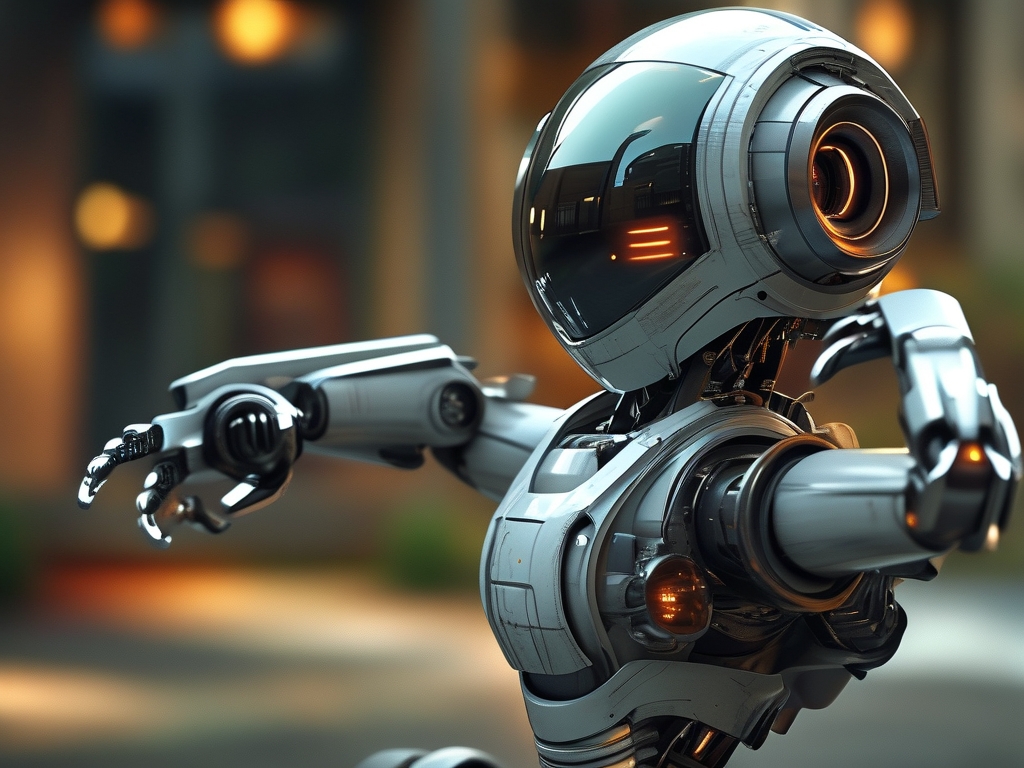
The Science Behind Anti-Gravity
At its core, anti-gravity technology seeks to counteract or manipulate gravitational forces. While "true" anti-gravity (completely nullifying gravity) remains theoretical, modern approaches focus on practical alternatives:
- Electromagnetic Levitation: Using superconducting materials and magnetic fields to create repulsive forces. This method powers maglev trains and experimental drones.
- Acoustic Levitation: High-frequency sound waves generate pressure nodes to suspend small objects. Though limited in scale, it inspires micro-robotics applications.
- Quantum Locking: Leveraging quantum flux pinning in superconductors to "lock" objects in mid-air. This phenomenon, demonstrated in labs, enables frictionless movement.
- Ion Thrusters: Ionized propulsion systems, often used in spacecraft, could be miniaturized for robotic anti-gravity mechanisms.
Key Components of Anti-Gravity Robots
Building a functional anti-gravity robot requires interdisciplinary innovation:
- Energy Systems: Anti-gravity mechanisms demand immense power. Compact fusion reactors, advanced batteries, or wireless energy transfer systems are under exploration.
- Materials: Lightweight yet durable materials like graphene or metamaterials are critical. Superconductors cooled by liquid nitrogen enable efficient magnetic levitation.
- Control Algorithms: Machine learning models process real-time data to stabilize levitation, adjust thrust, and navigate dynamic environments.
- Sensors: Lidar, gyroscopes, and pressure sensors provide feedback for precision movement.
Applications Reshaping Industries
-
Transportation:
- Urban Mobility: Anti-gravity drones could revolutionize delivery systems, bypassing traffic. Companies like Amazon and DJI invest in prototypes.
- Space Exploration: NASA’s experiments with ion-propelled robots aim to explore low-gravity environments like asteroids.
-
Healthcare:
- Surgical Robots: Levitating tools could perform contactless surgeries, reducing infection risks. Researchers at MIT have developed ultrasonic levitation platforms for delicate procedures.
- Rehabilitation: Exoskeletons using anti-gravity tech might assist patients with mobility impairments.
-
Manufacturing:
- Frictionless Assembly Lines: Levitating conveyor systems could minimize wear and tear. Tesla’s "Alien Dreadnought" factory concept hints at such possibilities.
- 3D Printing: Mid-air printing using acoustic levitation allows for complex geometries unachievable with traditional methods.
-
Environmental Monitoring:
- Atmospheric Drones: Anti-gravity robots could hover indefinitely to monitor pollution or weather patterns. Google’s Project Loon explored related concepts.
Challenges and Ethical Considerations
Despite its potential, anti-gravity robotics faces hurdles:
- Energy Efficiency: Current systems consume excessive power. Breakthroughs in room-temperature superconductors are essential.
- Scalability: Most lab successes involve small objects. Scaling up for human-sized robots remains elusive.
- Safety Risks: Uncontrolled magnetic fields or system failures could pose hazards. Regulatory frameworks are lagging behind technological progress.
- Ethical Dilemmas: Military applications, such as stealth drones or weaponized levitation devices, raise concerns about global security.
The Road Ahead
Collaboration between academia and industry is accelerating progress. Notable projects include:
- CERN’s Anti-Matter Research: Studying gravitational interactions with anti-particles to uncover new physics.
- Boston Dynamics’ Next-Gen Bots: Integrating magnetic levitation with their famed quadruped robots.
- SpaceX’s Mars Vision: Deploying anti-gravity rovers to navigate the Red Planet’s terrain.
Anti-gravity robotics stands at the intersection of ambition and ingenuity. While technical barriers persist, each breakthrough brings us closer to a world where gravity is no longer a constraint. From transforming urban landscapes to unlocking the cosmos, this technology embodies humanity’s relentless quest to transcend physical limits. As research advances, the line between science fiction and reality will continue to blur—ushering in an era where robots don’t just move but float, glide, and soar.


